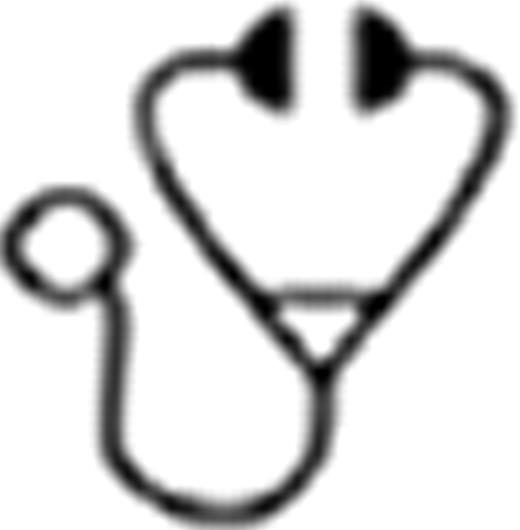Abstract
The precise molecular mechanism of action and targets through which thalidomide and related immunomodulatory drugs (IMiDs) exert their anti-tumor effects remains unclear. A landmark paper has recently identified cereblon (CRBN) as a primary target of thalidomide teratogenicity. We hypothesized that this protein would also be required for myeloma (MM) cytotoxicity. To examine this issue we first tested 12 MM cell lines: 4 of which (OCIMY5, OPM1, SKMM2 and KMS12 PE) were very resistant to treatment with both lenalidomide and pomalidomide. Of these, OCIMY5 and OPM1 showed CRBN gene expression levels at the bottom 10% across the human MM cell lines. We next used CRBN shRNA lentiviral expression constructs to knock down CRBN in 5 human-derived myeloma cell lines (HMCLs) (KMS18, MM1.S, H929, OPM2 and JJN3). HMCLs infected with CRBN shRNAs have a significant reduction of CRBN expression and subsequent diminished cell viability (reduced 65–78%). Surviving MM cells with CRBN knock down demonstrate an acquired (essentially complete) resistance to lenalidomide when compared with controls but retained sensitivity to melphalan, dexamethasone and bortezomib. Gene expression changes induced by lenalidomide were dramatically suppressed in those CRBN depleted cells, e.g., OPM2 cells only showed 30 down regulated (3% of control) and 150 up-regulated genes (24% of control) after lenalidomide treatment, further emphasizing that CRBN is required for lenalidomide activity. We next compared by array comparative genomic hybridization the differences between MM1.S (lenalidomide sensitive) and its isogenic lenalidomide resistant line (MM1.S res), generated by culturing MM1.S in gradually increasing concentrations of lenalidomide. Only three structural abnormalities were noted differentiating the two lines one of which was deletion of CRBN. In fact the baseline MM1.S cell line has a minor population of 9% of cells with CRBN depletion which becomes dominant after lenalidomide treatment. However, further scrutiny of CRBN status in additional HMCLs and MM patients (irrespective of therapy and stage) suggested that copy-number abnormalities affecting this gene are uncommon events in MM, with 12% of HMCLs (7 out of 60) and only 1.2% of MM patients (3 out of 238) showing CRBN monoallelic deletion. Next, we examined by quantitative polymerase chain reaction (Q-PCR) ten MM patients who had become resistant to lenalidomide therapy. CRBN expression level by Q-PCR in 8 of 10 patient samples had a significant reduction (20% to 90% reduction compared to baseline) at time of drug resistance, suggesting CRBN expression as a potential biomarker to predict IMiD response. Notably however some clearly resistant patients have normal CRBN, demonstrating that while CRBN is absolutely required for response, multiple resistance mechanisms are likely present. By gene and protein expression downstream targets of CRBN were examined and included interferon regulatory factor 4 (IRF4) previously reported to also be a target of lenalidomide. In summary, we demonstrate here that CRBN is essential for IMiD activity and preliminary data support that low levels of CRBN predict for poor drug response. In addition, our data suggest that CRBN is a critical molecule but not the unique source of IMiD resistance. We suggest that the “IMiDs” be renamed Cereblon binding small molecules to more accurately reflect their mechanism of action.
Orlowski:Celgene: Honoraria, Membership on an entity's Board of Directors or advisory committees, Research Funding.

This icon denotes a clinically relevant abstract
Author notes
Asterisk with author names denotes non-ASH members.

This feature is available to Subscribers Only
Sign In or Create an Account Close Modal